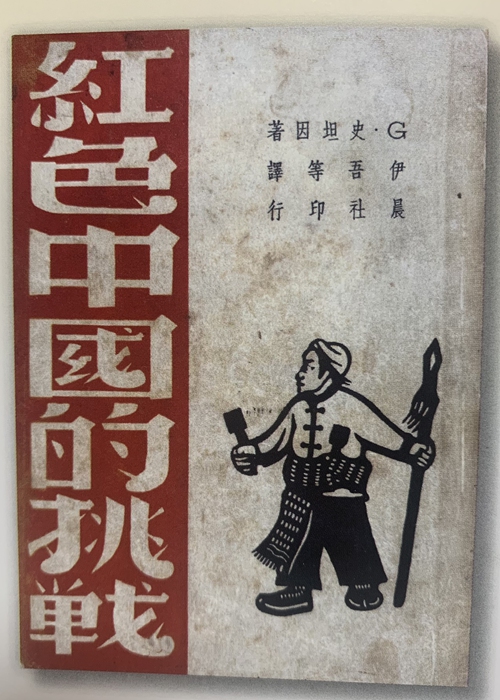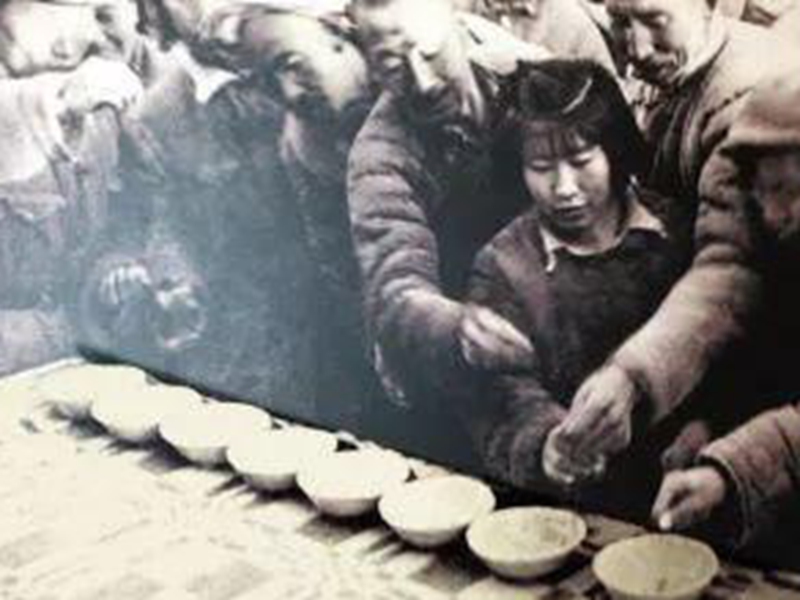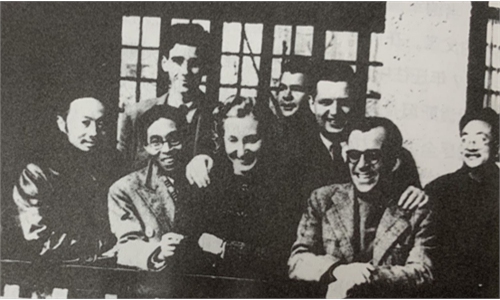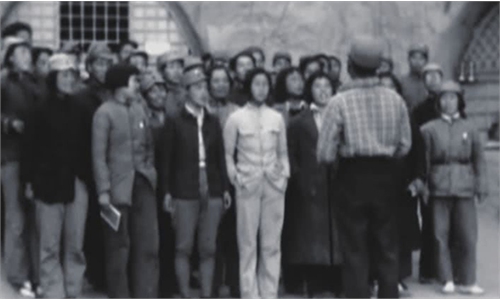
The Challenge of Red China by Gunther Stein
"Beans roll, beans vote, beans go to the right bowls." When American journalist Gunther Stein first heard this popular folk rhyme in Yan'an during his visit there with other visiting Chinese and foreign journalists, he was immediately intrigued.
In 1944, a group of Chinese and foreign journalists managed to break the information blockade imposed by Kuomintang (KMT) and gained authorization to visit Yan'an. The journalists went about Yan'an without any hindrance. They interviewed local people and soldiers and saw Yan'an with their own eyes. While he was there, Stein got to know Yang Buhao, a renowned model worker and an expert on voting. But how was it possible that farmers who could not read or write were able to vote? Stein decided to go to the polling stations to find out for himself. At the polling stations, Stein saw that each voter was given the same number of beans by the election committee. Several bowls had been placed on a table, one for each candidate. The polling supervisors would tell the voters whom each bowl was for. The voters would then cast their secret ballots with only the supervisors present. The clever folk rhyme vividly captured the enthusiasm of the local voters.

Bean Voting
This old picture was taken at a polling station where Stein witnessed what the locals called "bean voting". The CPC worked out this method as a way to make sure that people who couldn't read could still exercise their right to vote. It helped build a strong bond between the government and local people in the Shaan-Gan-Ning Border Region.
Stein made comparisons between Yan'an and Chongqing (capital of the KMT government), between bases built by CPC for the fight against Japanese invasion and KMT-ruled areas, and between CPC and KMT. He found that the policies of New Democracy practiced by the CPC at the revolutionary bases were well-received by locals, the militia was in high morale and the CPC army fought fearlessly, whereas the KMT army was demoralized and much less combat effective. Stein was deeply impressed by what he saw and recorded his observations in his book The Challenge of Red China, allowing readers around the world to know about the ingenuity of the election methods on the Loess Plateau. He wrote in the book that he could see anybody he desired to talk to and "cross-examine" them, going unceremoniously into details of their political life stories.
With the same candor, Stein asked Mao Zedong in an interview whether there was really no possibility of a change of "that awful word Communist" in the name of the party. Mao smiled and replied that what communists in all countries have in common is their method of political thinking along the lines of Marxism, but the paths that lead them to communist ideals may differ. What distinguishes CPC members is that they devote their life without reserve to a duty which overrules every personal interest.
In those days, the Yan'an democracy drew large numbers of young Chinese from across the country who traveled thousands of miles and against all odds to reach Yan'an, where the city gates would open all day long to welcome them with luggage on their backs and ideals in their hearts, ready to embark on a journey toward a brighter future for China.



